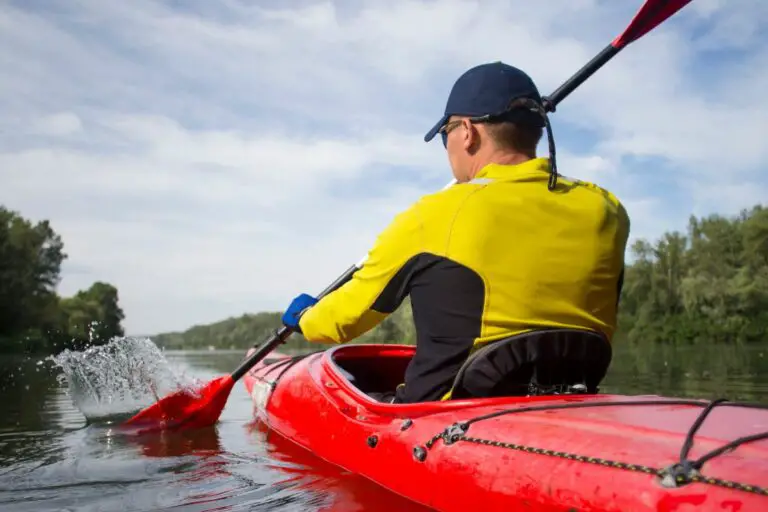Which Is Easier: Canoeing Or Kayaking? [Pros & Cons]
Canoeing and kayaking are among the most popular water-based activities in the world. If you’re getting into water sports, you might want to consider purchasing your own craft so you can gain more experience and improve your skill.
However, it can be difficult to determine whether canoeing or kayaking will be better for you as a beginner as both crafts are constructed with different designs and features to serve different purposes.
So, is it easier to canoe or kayak? Kayaking is usually considered easier than canoeing, especially for a beginner. That is because kayaks are built with efficient hull designs that make them easier to control and maneuver. They are also lighter in weight which makes them easy to carry out of the water.
Keep reading to learn more about the main difference between kayaks and canoes as well as the advantages and disadvantages of each craft.
Table of Contents
What Are the Main Differences Between Canoes and Kayaks?
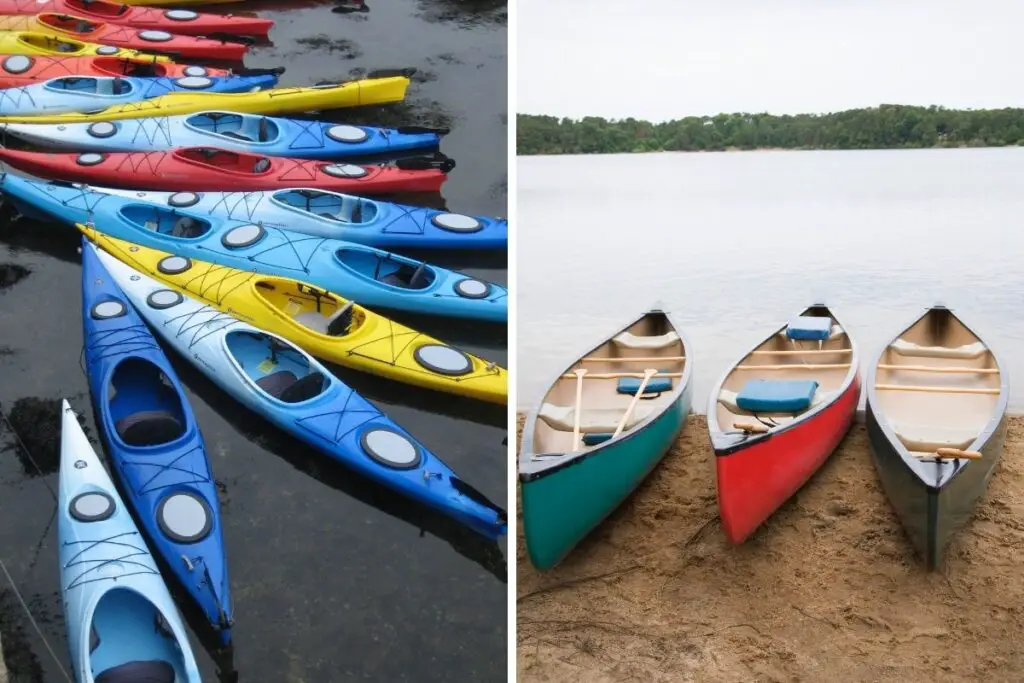
There are different types of canoes and kayaks and some of them are so specialized that it’s difficult to determine which category they fall into.
So in order to make it more simple, let’s break down the basic differences between canoes and kayaks:
Design
Canoes do not have a cockpit. They have a completely open-top design, similar to that of a traditional rowing boat, with tall sides that come up out of the water. The upper edge of the sides is called the gunwales and it can vary by the hull design.
They also have flat bottoms which makes them ideal for going on lakes, slow-moving rivers, and other calm waters.
Kayaks, on the other hand, come in two kinds of designs which are sit-on-top kayaks and sit-inside kayaks.
Sit-on-top kayaks are built without an enclosed cockpit so the paddler will be positioned right on top of the kayak’s deck while sit-inside kayaks are built with an enclosed cockpit so the paddler will be positioned inside the hull below the water level.
Seat
Canoes are built with two or three bench-like seats so paddlers are raised up from the floor of the canoe. However, some paddlers prefer to kneel on the floor of the canoe as this position allows them to generate more power when executing their strokes
Kayaks, on the other hand, have molded-in seats that are either right on deck or inside the hull depending on the design of the kayak. Some paddlers sit with their legs out in front of them while others prefer to bend their knees or brace them against the inside of the cockpit to enhance their paddling technique.
You can get seats for kayaks, though. Check out my favorite kayak seats here.
Paddles
Canoes are paddled with a single paddle that can be used on either side of the canoe. Paddlers use what is known as a J stroke to push the canoe forwards in a straight line without having to swap sides.
Kayaks, on the other hand, are paddled with a double paddle that has a paddle ‘blade’ on both ends. Paddlers execute different kinds of strokes on alternate sides of the kayak to push it forward.
There are four main kinds of kayak paddle strokes:
- The forward stroke is the most important as it’s used to move the kayak forward in a straight direction.
- The reverse stroke is the opposite as it’s used to back up the kayak.
- The sweep stroke is used to rotate the kayak to one side.
- The draw stroke is used to move the kayak sideways in a horizontal direction.
You can learn more about the differences between kayak and canoe paddles and paddling here.
Some people also like to use a leash for their paddles, and you can learn more about why would you use a kayak paddle leash here.
Kayaking Vs Canoeing: The Pros and Cons
Both canoes and kayaks are designed for different purposes and it can be difficult to choose between them.
To make your decision easier, let’s take a quick look at the advantages and disadvantages of each craft.
The Pros and Cons of Kayaks
| Pros | Cons |
|---|---|
| They are built with efficient and versatile hull designs. | Some kayaks might be less stable than canoes, depending on their size. |
| Sit-inside kayaks are designed with enclosed cockpits so they provide protection against sun, wind, and spray. | They have a much lower weight capacity than canoes which means they cannot carry as much gear. |
| Sit-on-top kayaks are easy to re-enter from the water and they’re less prone to capsizing. | They require more effort to paddle because you need to execute different kinds of strokes on alternate sides of the kayak to push it forward. |
| They are easier to maneuver and they have better tracking. | |
| Most kayaks are light in weight which makes them easier to transport. | |
| Some kayaks are inflatable which makes them easier to transport. |
The Pros and Cons of Canoes
| Pros | Cons |
|---|---|
| Canoes are generally more stable than kayaks because they’re built wider. | They have a completely open cockpit design so you’ll be having less protection against the elements. |
| They have a much higher weight capacity than kayaks so they can carry more gear and people. | They are less maneuverable than kayaks and they’re not the best when it comes to tracking |
| The seat of the canoe is positioned higher than that of a kayak so you’ll get a better view of your surroundings. | They often weigh more than kayaks so they require more effort to transport and store. |
| They require less effort to paddle as you only need to execute one kind of stroke to push the canoe forwards in a straight line without having to swap sides | They can be difficult to re-enter from the water. |
Conclusion: How to Choose Between a Canoe and a Kayak?
If you are a beginner, you should go for a kayak, but if you want to do more, you should get a canoe.
Make sure to check our full list of recommendations at the end of the article.
As you see both canoes and kayaks have various advantages and disadvantages so your decision will mainly depend on your personal preference and the kind of paddling experience you are looking to get.
It might be a good idea to rent both a canoe and a kayak and take them out on a test run to see which one you feel more comfortable in before making your purchase.
Related Questions
Are Canoes Better for Fishing than Kayaks?
Kayaks might be better for fishing than canoes, especially sit-on-top kayaks. That is because the lack of cockpit in sit-on-top kayaks allows anglers a wide range of motion for casting. Kayaks also come with built-in rod holders and multiple storage options for keeping your gear.
How to Increase the Stability of Your Kayak?
You can increase the stability of your kayak by lowering the height of your seat. This will create a lower center of gravity and produce a higher degree of initial stability. It’s also a good idea to distribute your weight and the weight of your gear evenly throughout the kayak to enhance it’s balance.
What Is the Difference between Inflatable Kayaks and hard-shell Kayaks?
Inflatable kayaks are made from synthetic rubber or soft plastic materials while hard-shell kayaks are made from materials like wood, plastic or fiberglass. Inflatables are not the most durable but they’re convenient to store and transport as they’re light in weight and can be deflated. Hard-shells, on the other hand, are highly durable but they’re hard to transport and take up more space.
Helpful Resources
The health benefits of canoeing and kayaking
Kayak your way to Freedom
- On a budget? Check out the best fishing kayaks under $500 here and the best Fishing Kayaks under $1,000 here. Or Check the best Cheap Kayaks here.
- Going fishing? Here are the best Ocean fishing kayaks, and here are the best River Fishing Kayaks.
- You can also find the best Fly Fishing Kayaks here and the best Bass Fishing Boats here.
- A bit experienced? Check out the best modular kayaks here and the best tandem fishing kayaks here.
- Looking for something special? Check out my favorite Ducky kayaks here.
- Navigate your way with these awesome and beginner-friendly Kayak compasses.
- Going Hunting? These Duck hunting kayaks will give you an unfair advantage!
- Have a need for speed? These motorized kayaks will get you moving.
- Protect yourself from the sun with these Kayak shades, and make your kayak more comfortable with these Kayak seats.
- Keep your feet dry and warm with these superb Kayaking shoes.
- Going Kayaking in cold water? Stay warm with these Kayaking gloves.
- Paddle Less, Fish More with the Best Kayak Motors
- Looking to get a trolling motor on your kayak? Check out the best kayak trolling motor mounts here.
If you like this article, please share it or pin it, you can find the share buttons below. We will really appreciate it ❤️

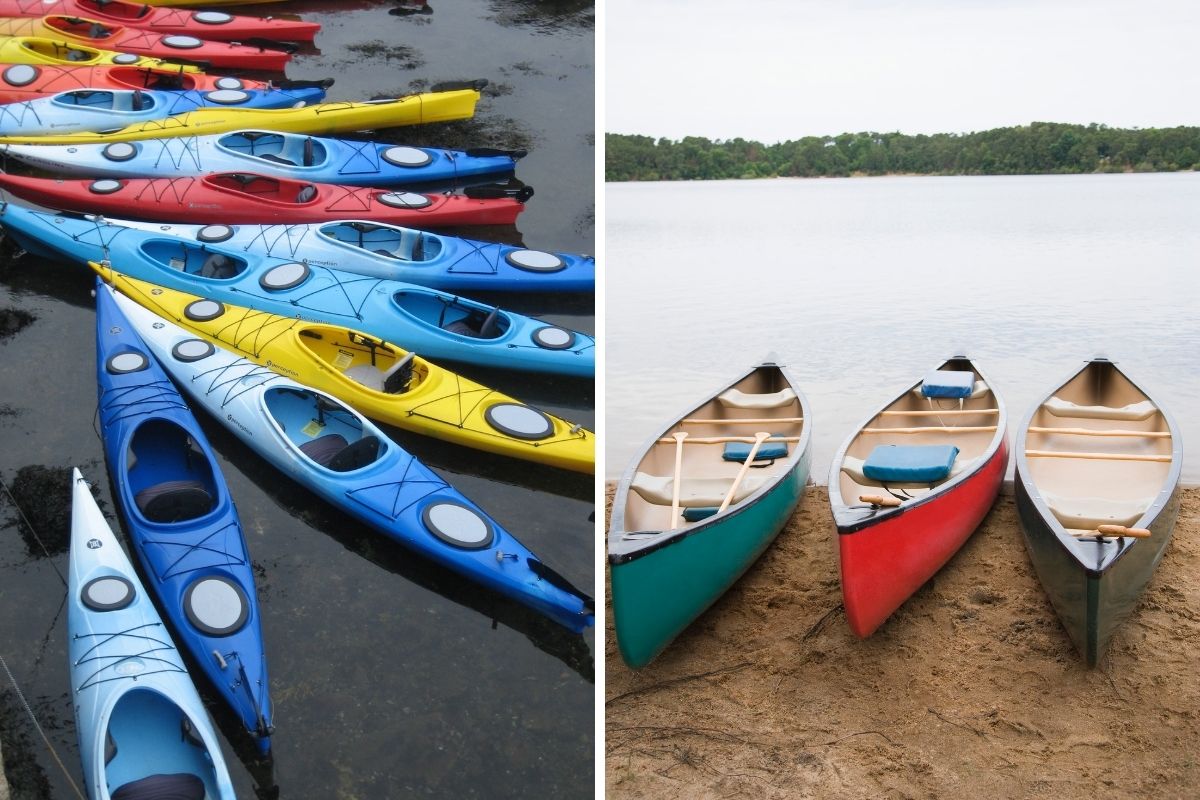
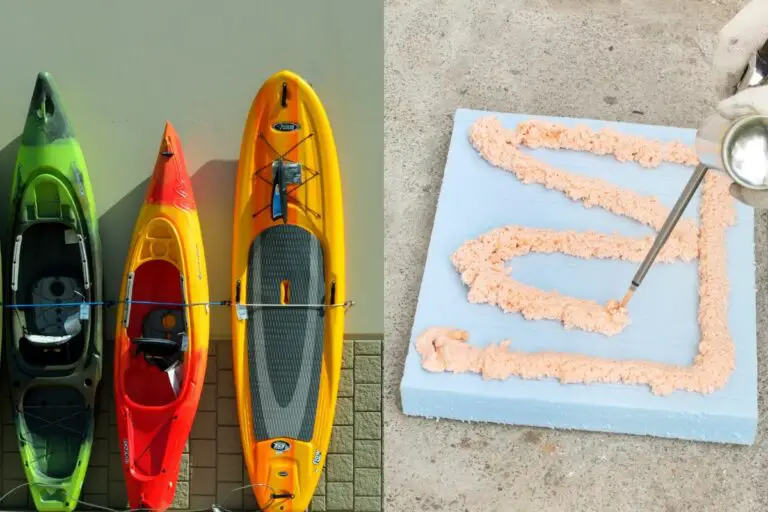
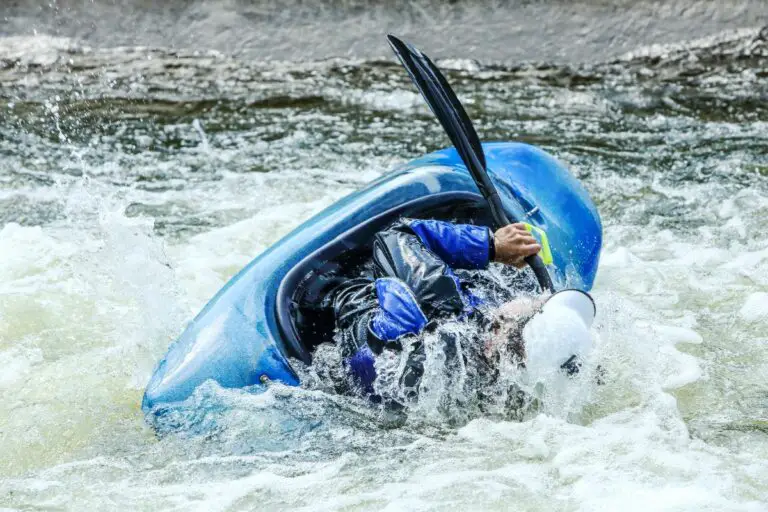
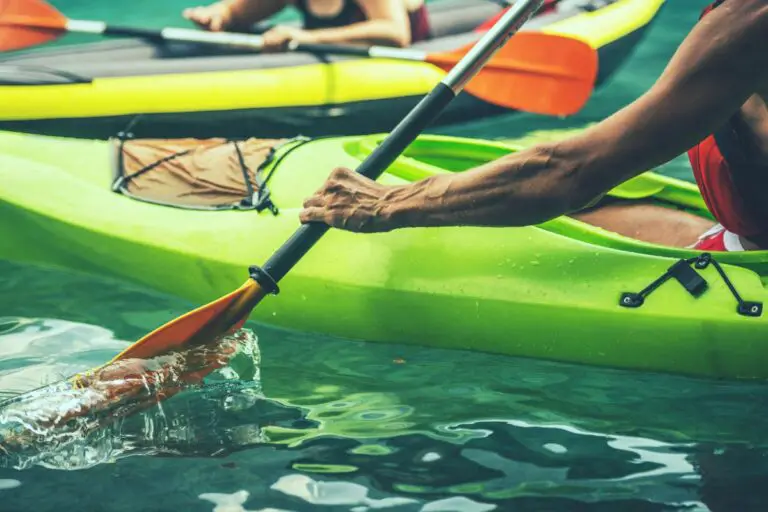
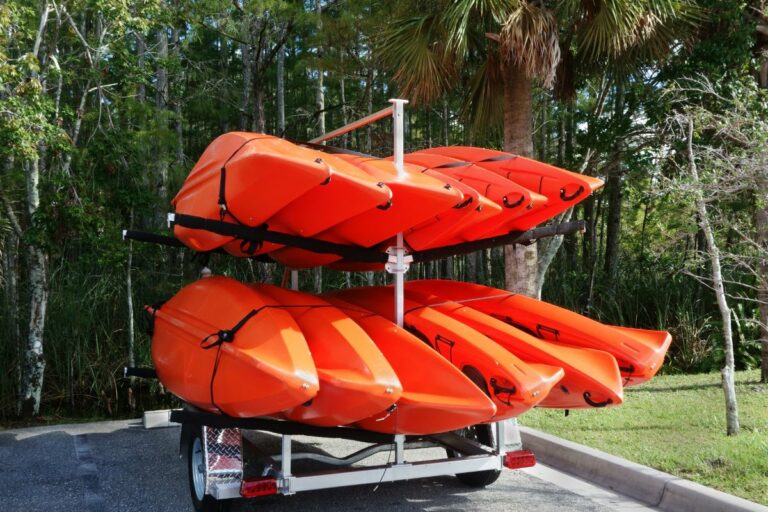
![The 5 Best Motorized Kayaks in 2023 – [for Every Budget]](https://outdoorskilled.com/wp-content/uploads/2021/07/best-motorized-kayaks-featured-768x512.jpg)
